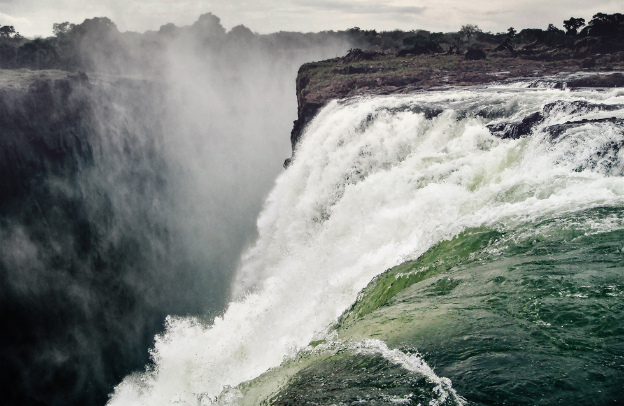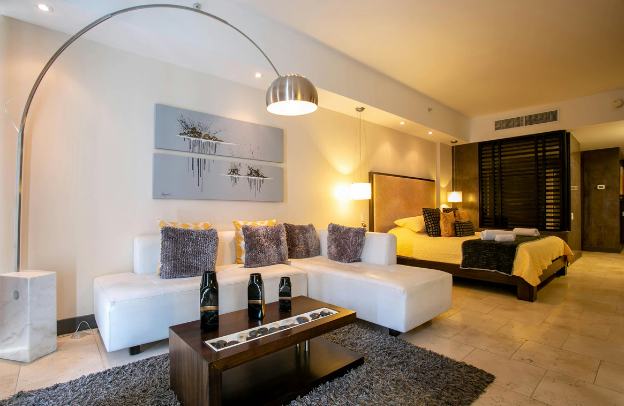5 Best Places to Visit in Tunis, Tunisia

Planning to visit Tunisia and you prefer starting by its capital? Tunisia is a mesmerizing land of warm sun, calm oasis, date palms, and fragrant jasmine. This is North Africa condensed into a single bite-sized packet. Get our free Travel Checklist
Below you will find an overview of the key attractions with a brief explanation. By studying this ranking, you will find out what to see in Tunis for one day and where to go for any other amount of time, according to your opportunities and preferences.
1. Medina of Tunis
This maze of old alleys and streets is one of North Africa’s most stunning medieval medinas and one of Tunisia’s greatest treasures. It was one of the greatest and most prosperous cities in the Islamic world. Approximately 700 sites, including palaces, mosques, mausoleums, madrasas (schools for the study of the Quran), and fountains, bear witness to this illustrious history.
It is home to multiple covered souqs offering everything from shoes to shisha pipes, as well as lively cafés, narrow streets full of artists at work, and residential sections with gorgeously painted doors.
When here, permit yourself to get lost in this sprawling maze, embrace the chaos of the souks, and enjoy the unique architecture!
2. Sidi Bou Said
A blue and white Andalusian seaside town that bears a great resemblance to Santorini with a breathtaking color scheme. Named after a 13th-century Sufi saint, its architecture is an amazing mix of the Ottoman and Andalusian heritage.
20 kilometers from bustling Tunis the exquisite white-and-blue neighborhoods, cliffside cafés, and postcard-like beaches will absolutely fascinate you. One of the most popular activities for travelers to do here is simply sit back with a mint tea and watch the world stroll by.
Sidi Bou Said is phenomenal and it will continue to amaze you all along your trip.
3. Bardo Museum
One of the world’s most renowned mosaic collections (there are more than 3 hundred mosaics) is housed within a restored Ottoman mansion: room after room exhibits a treasure of dazzling mosaic art excavated from Tunisia’s ancient sites. Archaeological artifacts and works of art range from Islamic ceramics to the remnants of a Roman ship’s cargo.
There is a large collection of Punic jewels as well as a gallery of Roman sarcophaguses and Christian baptisteries.
The Bardo Museum is located 4 kilometers northwest of the city center. You can opt for a taxi (simplest way) and that will cost you around five dinars from the city center or you can also take the Métro Léger line 4 (0.5dt).
4. Ruins of Carthage
The ruins of ancient Carthage, the renowned rich Phoenician nautical metropolis, are spread over the Bay of Tunis. The haunting tumbled columns and columns of marble rubble are surrounded by a view of the Mediterranean Sea, which was so crucial to the city’s success.
Despite their dilapidated state, these UNESCO World Heritage Site ruins are one of the best attractions to visit in Tunis and are well worth a day excursion from the city center to soak in the spirit of a brilliant, long-gone past and enjoy their wonderful setting backed by the Mediterranean.
Nearby you can head out to the Archaeological Park which depicts Carthage’s lengthy history, including Punic burials from the 6th and 5th centuries BC, the five-aisled Basilica of Douimès from the 6th century AD, and a 7th-century underground burial chapel (the Chapelle Sainte-Monique).
5. Al-Zaytuna Mosque
Tunis’s oldest mosque is the Great Mosque of Al-Zaytuna. It is around 5,000 square meters in size and has nine entrances. This significant mosque, located in the center of Tunis’s medina, was founded in 734 on the site of an earlier church. It was completely constructed in the ninth century and renovated several times throughout the years, and its massive prayer hall has more than 200 columns brought from Roman Carthage.
Tunis’s oldest mosque is worth a visit. Whether you are Muslim or not, it is strongly suggested that you visit this location if you are in Tunis or nearby.
Tunisia was Rome’s breadbasket, and the cultural riches left behind by the Romans are incentive enough to visit. The country’s history of Arab Empires has also given some of the region’s most exquisite examples of Islamic architecture.
From pastel-washed alleyways and bustling souk streets to ancient ruins, wherever you go Tunis will not cease to surprise you.
If you find any value in this post, share also with your friends who might need it. Get our Free Travel Checklist for your next trip.






